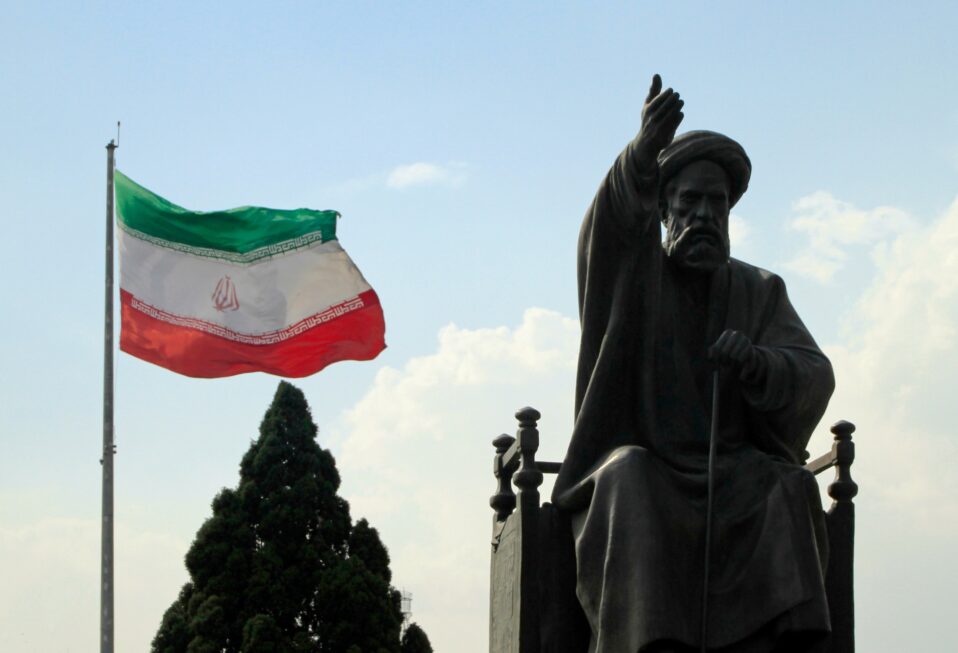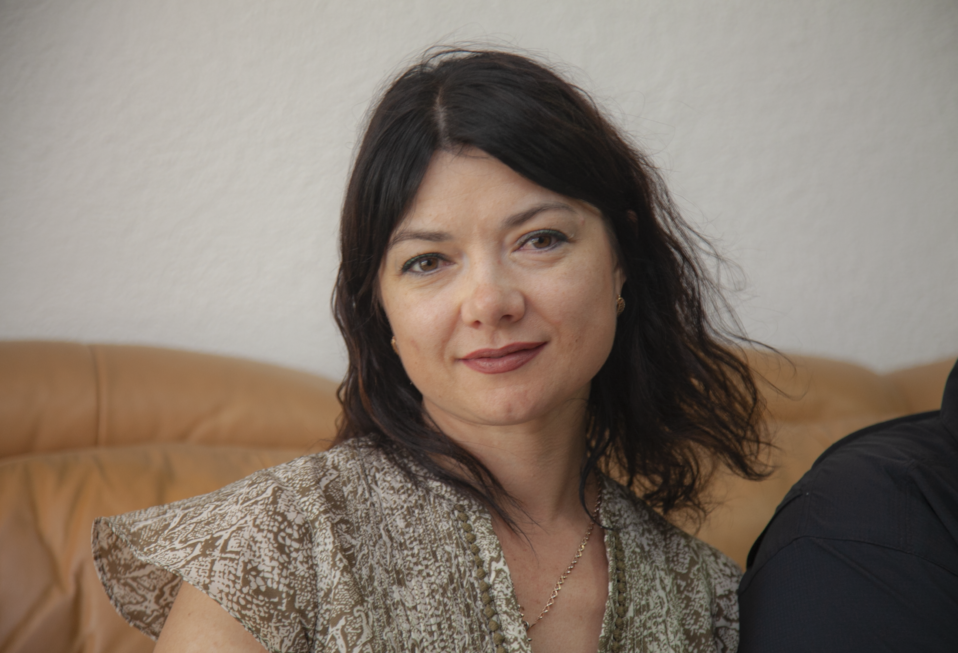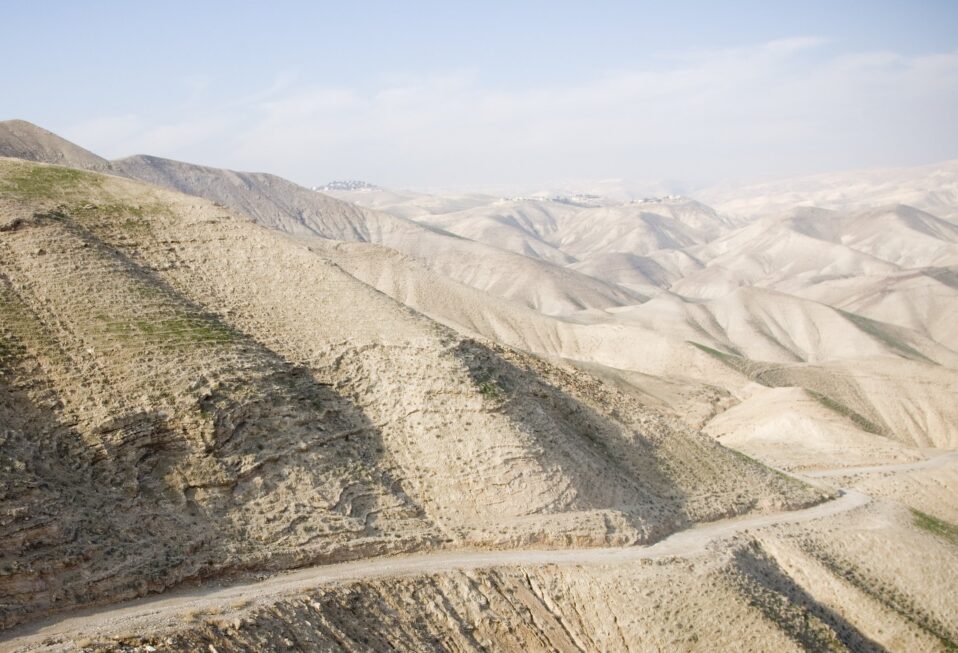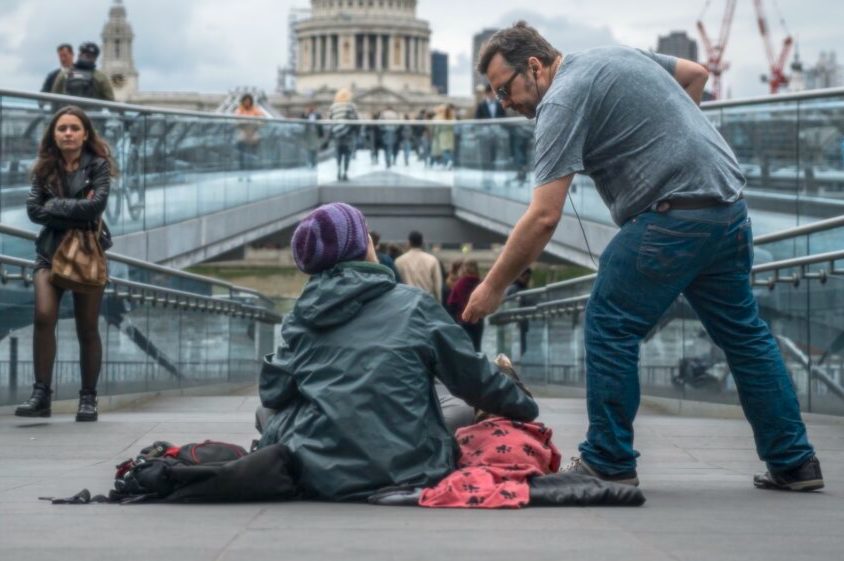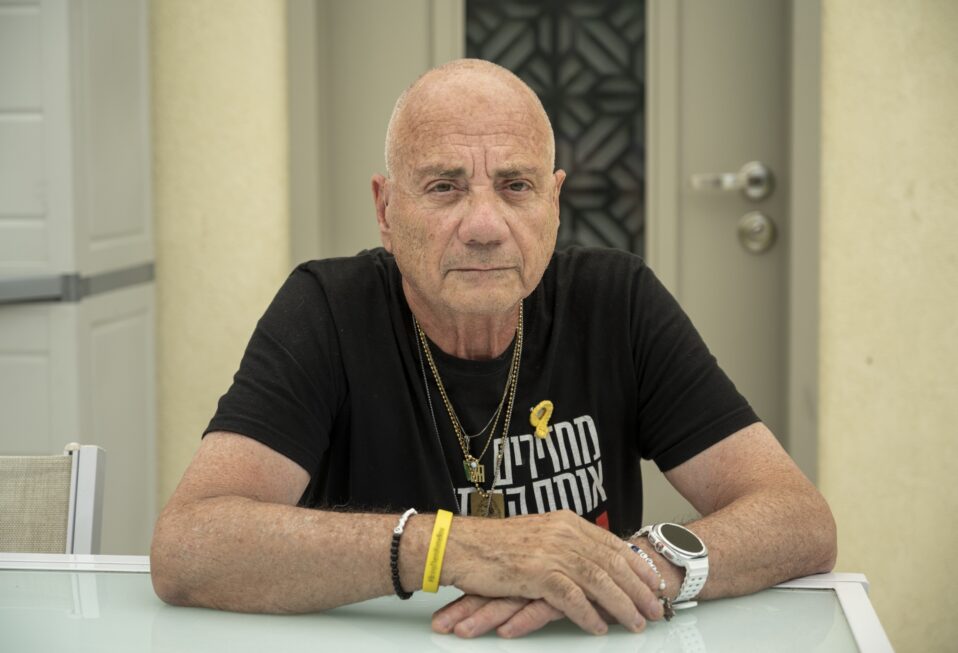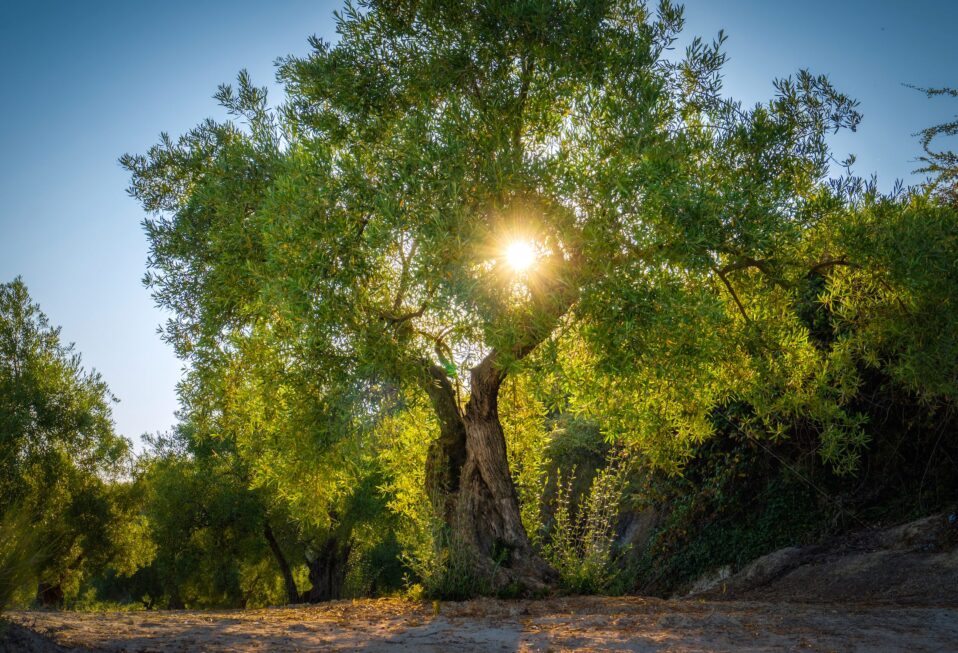By Arlene Bridges Samuels
The Jewish community lights its candles for Shabbat tomorrow evening, September 15, signifying the arrival of the Jewish new year, 5784, for Rosh Hashanah (“Head of the Year”) celebrations. It also marks the beginning of the Days of Awe that end on Yom Kippur, the Day of Atonement, 10 days later.
Globally, millions of Evangelicals will express genuine greetings especially toward Israel, our spiritual homeland. Delicious apples and honey treats served at the dinner table reflect wishes for a sweet new year. We might adopt a few well-wishes in Hebrew, including Shana tova (“Have a good year”) and Gmar chatima tova (“May you be inscribed in the Book of Life”).
Entering 5784, Israel simultaneously inhabits two contradictory realities. The nation thrives with bold innovations, long-desired alliances in the Abraham Accords, and countries newly locating their embassies in Jerusalem. The covenant-keeping God of Heaven has kept His eternal promises, preserving a Jewish remnant for thousands of years and into their new year 5784. Unfortunately, the waves of hate—and those choosing to ignore facts about the world’s only Jewish state—are still intruding into the chosen people’s history, decisions, and privileged stature as a parliamentary democracy. And some of Israel’s most dangerous security challenges are escalating.
One such challenge can be found in the United States Congress. Last Friday, 15 Democratic senators sent a letter to Secretary of State Antony Blinken, requesting a phone call. They asked Blinken to stop granting visas to Israelis until Israel makes certain concessions for Palestinian Arabs who live in the West Bank (Judea and Samaria). Recent (and long overdue) discussions have been ongoing for a Visa Waiver Program, and a September 30 deadline is looming. In July, a Memorandum of Understanding (MOU) was signed that allows Israeli citizens to travel to the U.S. without a visa and remain for 90 days.
In a lead-up pilot program, Israel agreed that Palestinian Americans in the West Bank, as well as Iranian Americans and other Arab Americans, could transit Israel to enter the United States for 90 days without background checks. Right now, Blinken and Secretary of Homeland Security Alejandro Mayorkas seem positive about approving the waiver. A last-ditch effort from a minority in the Democratic Senate caucus accuses Israel of a two-tier system when it comes to Palestinians. This particular group of senators tends to lean toward varying criticisms of Israel, claiming that the Jewish nation discriminates against Palestinian-Americans—ignoring essential facts about Palestinian policies.
Israeli officials report that during the pilot program, over 12,000 Palestinian Americans living in the West Bank entered Israel under the new regulations within the last two months and several thousand Palestinian Americans who live in the U.S. used the new regulations to land at Ben Gurion Airport.
However, if Israel must reconsider aspects of the MOU, it is because increased terror is emerging from Palestinian towns emboldened and supplied by Iran’s Islamic regime. As of August 21, 2023 is now the deadliest year for terrorism since the Second Intifada (2000-2005). Thirty-four Israelis—men, women, and children—have been murdered, some simply innocently driving along a highway. These 15 Democratic senators could certainly moderate their positions by recognizing the real terror threats on the ground and remembering that Israel has no Palestinian negotiating partner to help shape a peace plan.
Eighty-seven-year-old Palestinian Authority (PA) President Mahmoud Abbas has refused direct negotiations with Israeli leaders since 2009. Yet Arab refusals began decades ago. For those too young to know or who have forgotten, on November 29, 1947, the United Nations voted for two states, one Arab, one Jewish. Arabs refused the two-state deal. Jews accepted it and established a modern Jewish state on May 14, 1948. Since then, PA leaders have refused several generous offers from some U.S. presidents and Israeli prime ministers.
Do Palestinian leaders want peace? History says no. For them, it is all or nothing. Elected in 2005, Abbas is still president in his “four-year” term. His civilian population rightly considers him corrupt. He praises Palestinian terrorists as martyrs, names streets after them, donates money to their families, and approves a sewer of hate to flow through Palestinian state media.
Despite these facts, the letter itself, penned by Senators Chris Van Hollen (D-MD) and Brian Schatz (D-HI), was co-signed by Tammy Baldwin (D-WI), Tom Carper (D-DE), Tammy Duckworth (D-IL), Dick Durbin (D-IL), Martin Heinrich (D-NM), Ed Markey (D-MA), Jeff Merkley (D-OR), Jack Reed (D-RI), Bernie Sanders (I-VT), Elizabeth Warren (D-MA), Peter Welch (D-VT), Jeanne Shaheen (D-NH), and Tina Smith (D-MN).
The bottom line is, this letter brings into view Israel’s necessary security reality. First Yassar Arafat, and now Mahmoud Abbas—Arafat’s 40-year terror sidekick—have rejected Israel’s consistent efforts to restart stalled peace talks. Without fail, criticisms also emerge not only from segments of the U.S. Congress, but also from the United Nations, European Union, and others when Israel is forced to defend its civilians.
In the meantime, I encourage readers to contact these senators to respectfully ask them to reconsider their support for our best ally in the region, Israel?
Please join CBN Israel this week in prayer for the Jewish nation and people:
- Pray for the U.S. Congress to maintain its highest levels of support for the longstanding U.S.-Israel relationship.
- Pray for the safety of Jewish Israelis during the High Holy Days of Rosh Hashanah and Yom Kippur.
- Pray for vigilance on behalf of Jews in the United States and worldwide.
- Pray for Secretary of State Blinken to cautiously approve the visa agreement mindful of Israel’s security.
Arlene Bridges Samuels pioneered Christian outreach for the American Israel Public Affairs Committee (AIPAC). After she served nine years on AIPAC’s staff, International Christian Embassy Jerusalem USA engaged her as Outreach Director part-time for their project, American Christian Leaders for Israel. Arlene is an author at The Blogs-Times of Israel and has traveled to Israel since 1990. She co-edited The Auschwitz Album Revisited and is a volunteer on the board of Violins of Hope South Carolina. Arlene has attended Israel’s Government Press Office Christian Media Summit three times and hosts her devotionals, The Eclectic Evangelical, on her website at ArleneBridgesSamuels.com.







